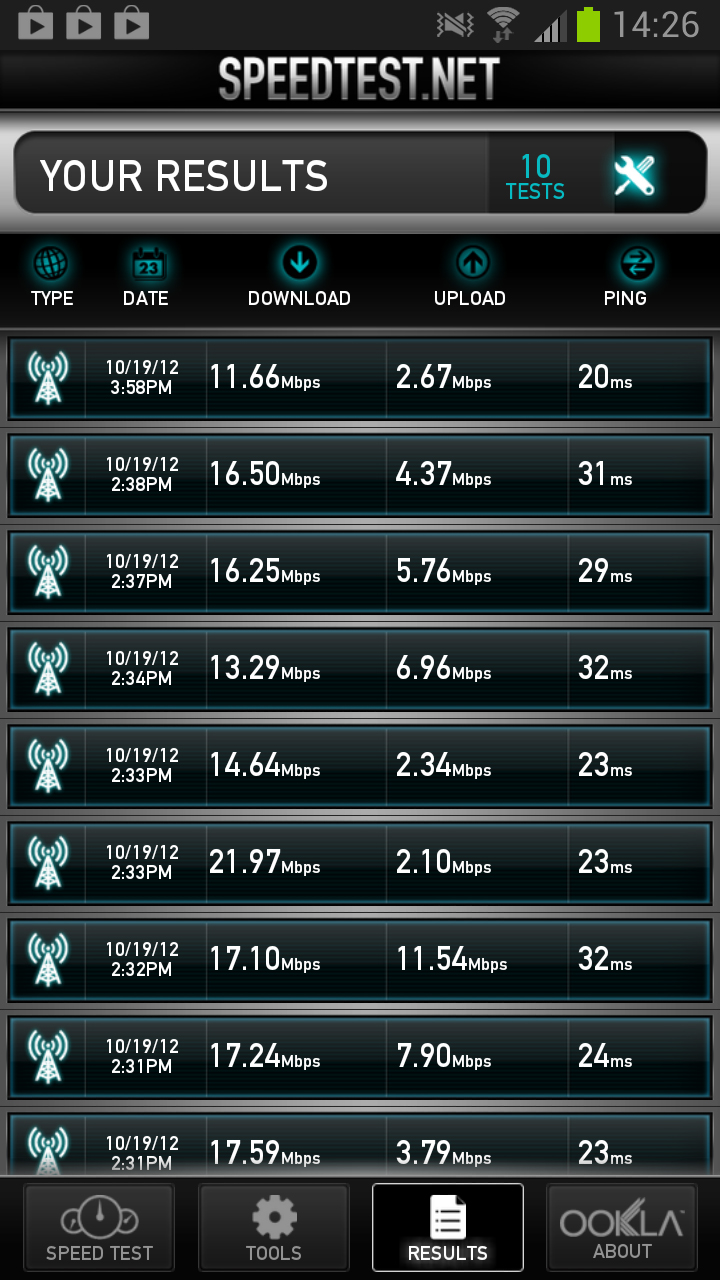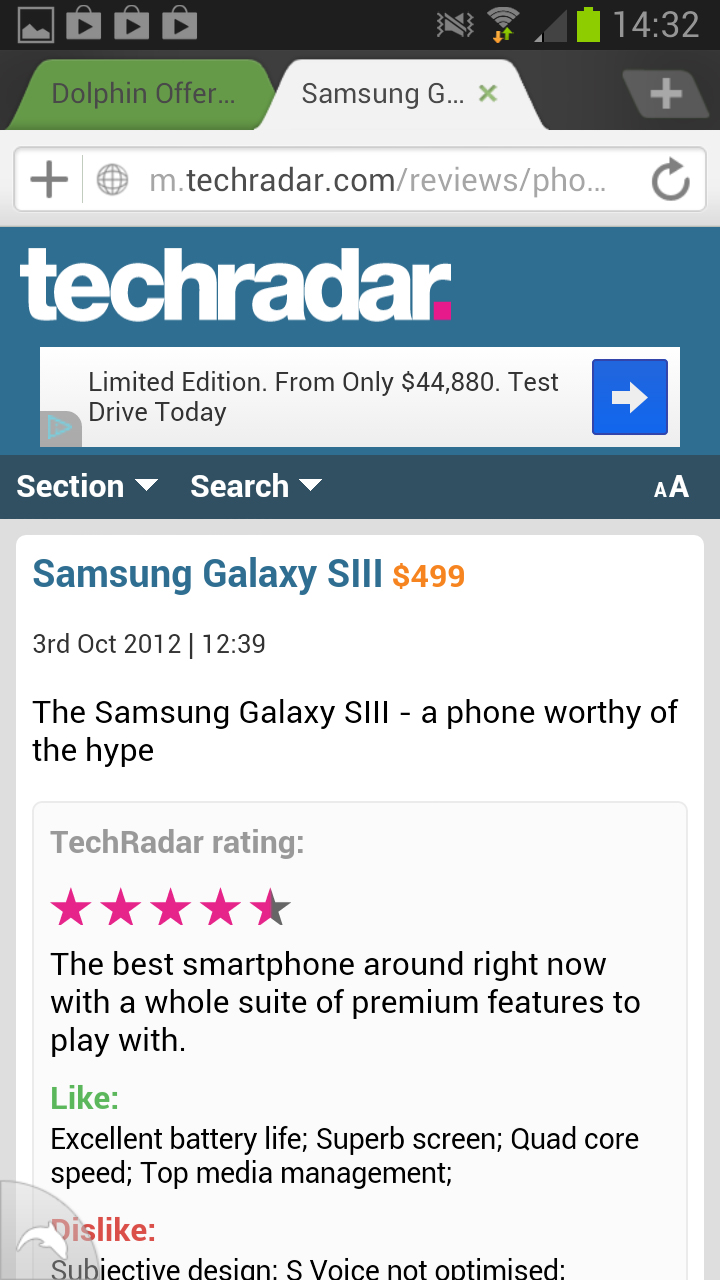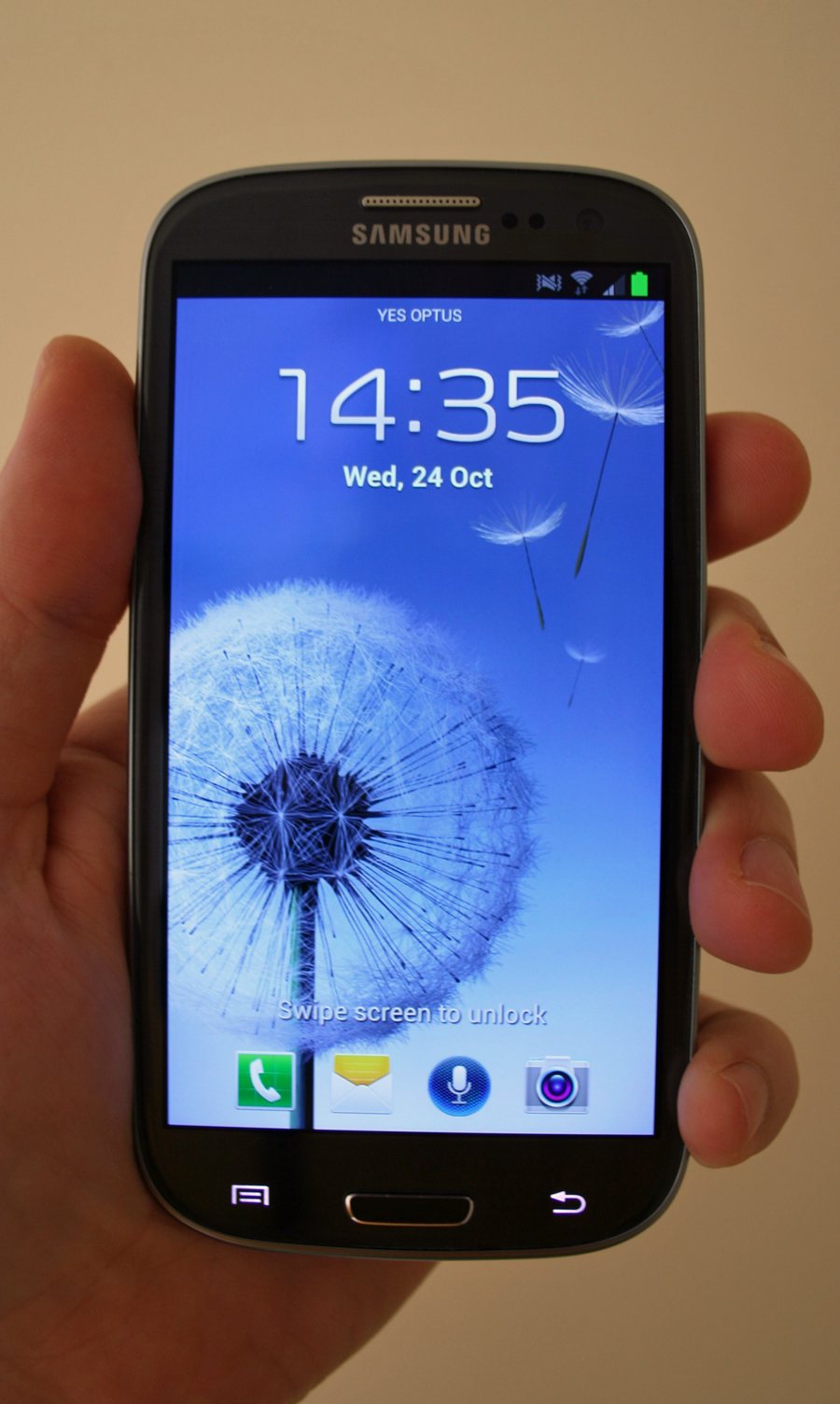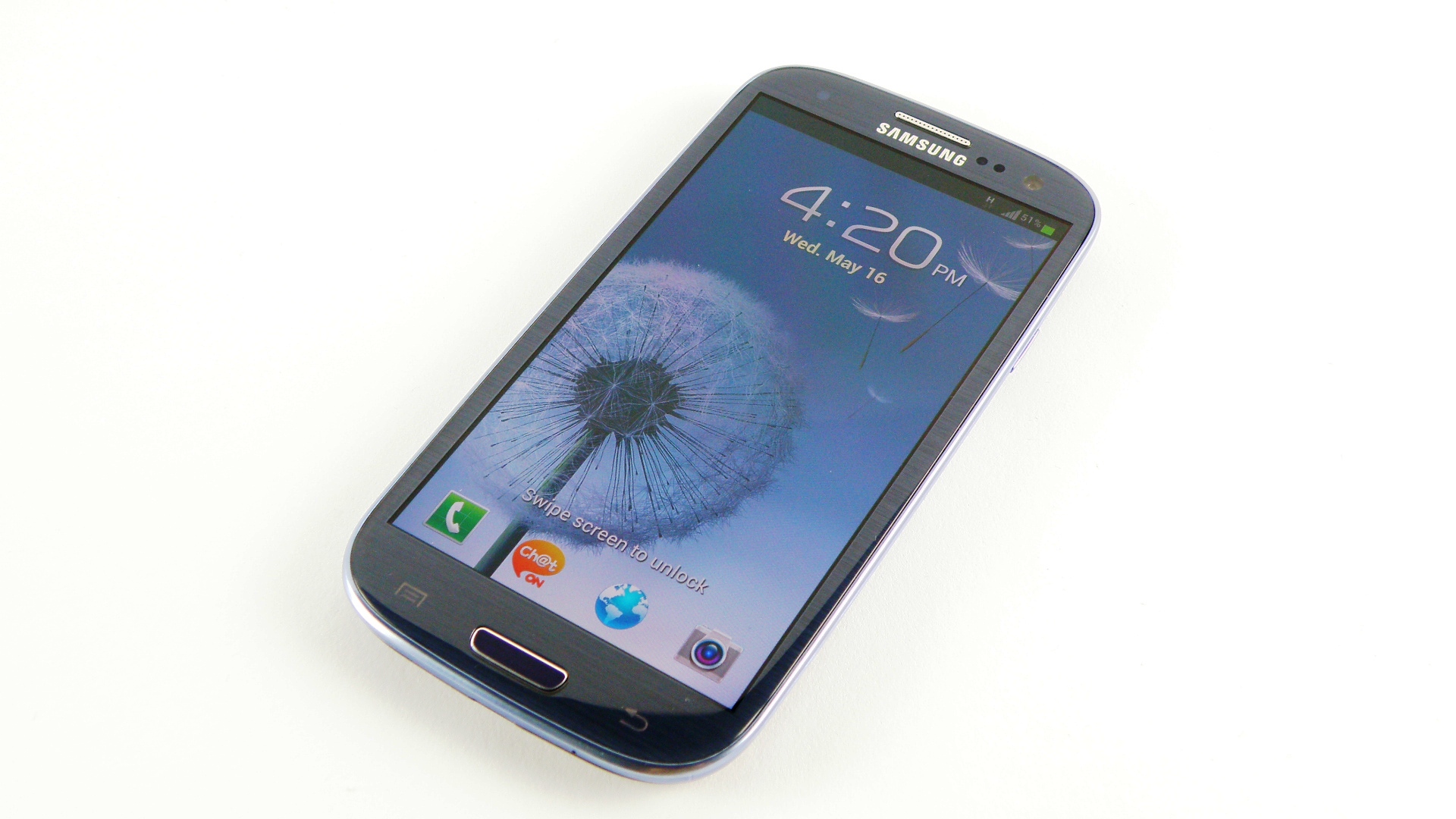TechRadar Verdict
Pros
- +
Insanely fast Superb screen Quad-core goodness Jelly Bean out of the box
Cons
- -
Battery life S Voice still useless Subjective design
Why you can trust TechRadar
Months after the original 3G version of the amazing Samsung Galaxy S3 launched in Australia, Samsung has updated the handset to 4G to take advantage of the super fast speeds of the Optus and Telstra 4G networks.
Read TechRadar's comprehensive Samsung Galaxy S3 review!
Aside from the different colour options and the 4G, there's very little difference between this 4G model and the original.
The LTE version does come with Jelly Bean pre-istalled, although it's hardly noticeable after Samsung adds its Android skin to the user interface.

Because both Telstra and Optus use the 1800MHz LTE spectrum, there's no difference between handsets on Telstra and Optus, aside from the pre-installed bloatware apps that come from each carrier.
The key difference between this 4G handset and something like the One XL from HTC is that Samsung has managed to keep the quad-core Exonysis processor on board, while HTC dropped back to a dual-core processor. Samsung has also increased the amount of RAM in the 4G version to 2GB.
With those additional specs on board, you know that battery life is going to take a hit. And it does, as we'll discuss below.
Sign up for breaking news, reviews, opinion, top tech deals, and more.
LTE performance
There's a reason Optus decided to use this handset as its flagship 4G phone. It's an absolute powerhouse, and the addition of LTE connectivity only pushes that even further.
We tested the handset with an Optus SIM card, and while Optus' 4G network doesn't have the greatest coverage area, the advantages were still self-evident.
In our offices in North Sydney the SGS3 regularly managed to pull down speeds of 20Mbps, with upload speeds averaging around the 8Mbps range. And that's with a half-strength signal.
At various times and places around the city, we managed to pull down in excess of 30Mbps.

Browsing the web on LTE is also noticeably faster than the 3G version of the handset, and while it's far from a scientific result, we noticed that emails appeared on the 4G SGS3 before our iPhone 5 and our computer.
Of course, once you veer outside of the limited LTE coverage area, you end up on either network's HSPA+ network.
This isn't a bad speed experience by any stretch of the imagination, but is only on par with the 3G version of the phone.
This raises the question - how much time do you spend in an LTE coverage area? Because if you don't get LTE in the areas you most frequently use your phone, the benefits of the faster speed are quickly outweighed by the battery issue.
Battery life
With that 4G chipset and a quad-core processor combining to power this super-phone, there has to be sacrifices made. And that sacrifice is battery life.
With moderate use, we couldn't get the handset to last a full work day, let alone a full day.
This can't be understated. With regular use - we're talking email, some web browsing, a spot of Angry Birds and Fruit Ninja and browsing the Play Store, the phone started crying for a power point.
While the SGS3's battery life was pretty good, which makes this really feels like a step backwards for Samsung, despite the fact the phone is essentially identical.
The replaceable battery aspect of the GS3 comes in handy here, but that seems like an inelegant solution to a pretty big issue.
Ultimately, we would have preferred a slightly larger battery in the 4G version of the handset, even if it required fattening the phone up a little bit to accomplish.

Verdict
The choice between a 3G Samsung Galaxy S3 and a 4G version is actually quite a simple one. It all comes down to how you answer the question, "Do I need speed or staying power from my smartphone?"
If having access to information immediately at any cost is your desire, than the 4G SGS3 is a great option.
But if you spend your day away from a power source and need your smartphone to stay awake as long as you do, forget about the 4G version. Or at the very least, invest in a couple of extra batteries
Of course, that same situation applies to pretty much every 4G handset, so don't think of this as a Samsung problem.
The truth is that battery technology hasn't kept pace with the advances of mobile network technology, and the current range of handsets all rely on sacrificing longevity for speed.
